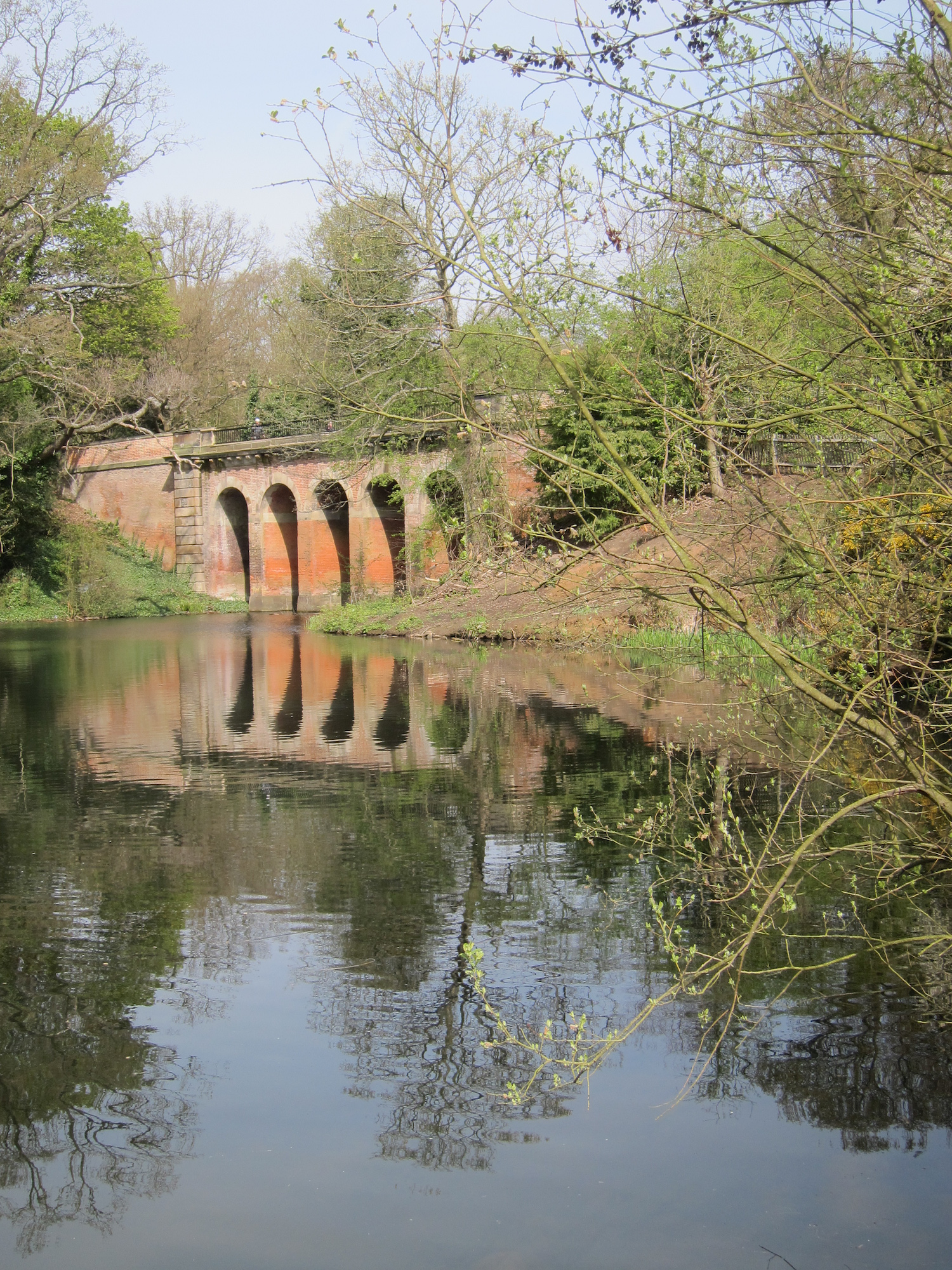Courses of Walks
2025-2026 COURSE SCHEDULE
From September 2025 to June 2026 WLWU are offering the following three short courses of eight walks, on a Tuesday or Thursday morning with a midway break to coincide with the half term school holidays.
All walks start at 11 am and last between 90 minutes and 2 hours, starting and finishing close to a public transport hub.
All courses cost £140 per person for 8 walks. A discount is available for PREBOOKED WALKS as follows:
7-8 walks - £17.50 per walk, 4-6 walks - £18.50 per walk, 1-3 walks - £20 per walk
If you would like to attend the occasional walk or would like to bring a friend, please do contact us as we may be able fit you in.
Spring Term - London's Lost Rivers

There are over 100 miles of rivers in London, fed by over 100 springs and wells which once flowed through meadows and valleys on their way to the Thames. Villages grew up along their banks, but then suburban development turned streams into sewers. Most are now underground - put to use flushing the sewers and storm drains of our city and there are few traces overground. We can follow their routes today through the surprising “dips” in some roads, through the strange curving routes of other roads and through street names. We can hear the sound of rushing waters through gratings and follow lines of “stink pipes”. Join us to find out about the rivers hiding beneath our streets.
Tuesday Schedule
- January 20, 2026 Westbourne
- January 27, 2026 Ravensbourne
- February 3, 2026 Counter's Creek
- February 10, 2026 Tyburn
- February 24, 2026. The Neckinger
- March 3, 2026 Heathwall
- March 10, 2026 Effra
- March 17, 2026 Wallbrook
Thursday Schedule
- January 22, 2026 Westbourne
- January 20, 2026 Ravensourne
- February 5, 2026 Counter's Creek
- February 12, 2026 Tyburn
- February 26, 2026. The Neckinger
- March 5, 2026. Heathwall
- March 12, 2026 Effra
- March 19, 2026 Wallbrook
Summer Term - Made in London

In the late 1700s, Britain was the first country in the world to make things in factories using machines powered by energy generated from coal. This Industrial Revolution heralded dramatic changes in manufacturing. For a time, Britain was the world’s largest manufacturer - labelled the workshop of the world.
From the late 18th to the mid-20th century London was a leading centre of UK manufacturing. In 1861 around one sixth of the country’s manufacturing workers were employed in the capital. However, unlike many northern towns, London was not dominated by one trade but was home to a diverse set of industries. These included jewellery, clock, lock, and garment making, food processing, leather production and motor car manufacturing. In this series of walks, which span areas both north and south of the river, you will learn about the trades and manufacturing that influenced London’s geography and its neighbourhoods. At the end of the series you will understand why London was once known as The Smoke !
Tuesday Schedule
- April 28, 2026 Watches, clocks and locks
- May 5, 2026 Weavers and Silks
- May 12, 2026 The Mad Hatters of Lambeth
- May 19, 2026 The newspapers of Fleet Street
- June 2, 2026 The Music Industry
- June 9, 2026 Brick Making and Dust heaps
- June 16, 2026 Leather, vinegar, biscuits and furs
- June 23, 2026 Jewellery and Gold - Hatton Garden
Thursday Schedule
- April 30, 2026 Watches, clocks and locks
- May 7, 2026 Weavers, Silks and Bricks
- May 14, 2026 The Mad Hatters of Lambeth
- May 21, 2026 The newspapers of Fleet Street
- June 4, 2026 The Music Industry
- June 11, 2026 Brick Making and Dust Heaps
- June 18, 2026 Leather, vinegar, biscuits and furs
- June 25, 2026 Jewellery and Gold - Hatton Garden
